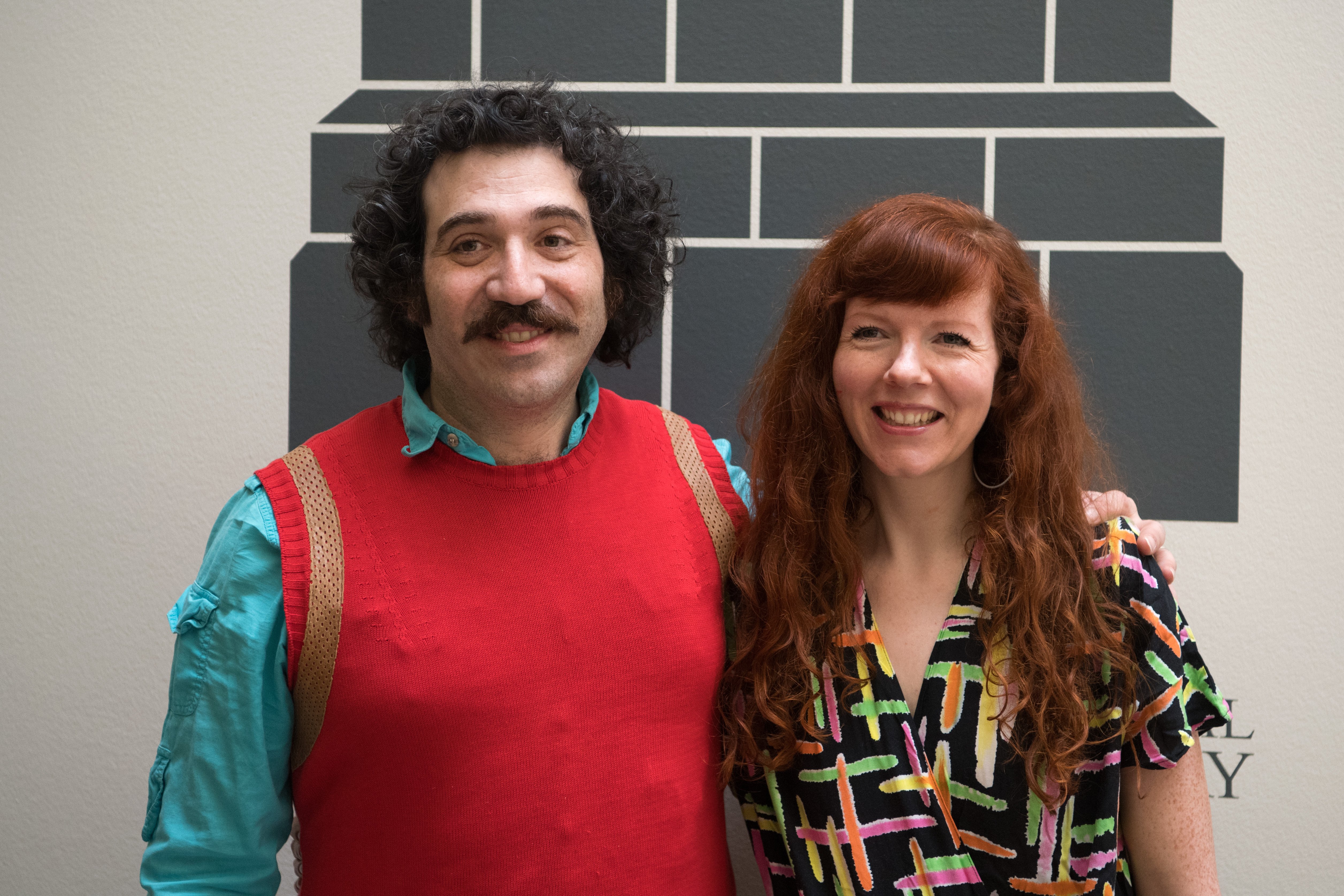
The Fourth Plinth in London’s Trafalgar Square will soon have new works on view: The Invisible Enemy Should Not Exist by Michael Rakowitz, will be unveiled in 2018, followed by Heather Phillipson’s THE END in 2020.
The winners were chosen from a shortlist including Huma Bhabha, Damián Ortega, and Raqs Media Collective. The sculptures will be the 12th and 13th works to appear on the plinth since the project began in 1998.
Michael Rakowitz’s The Invisible Enemy Should Not Exist. Photo courtesy Carl Court/Getty Images.
In 2018—and taking over from the work currently on view, David Shrigley’s Really Good—the American artist Michael Rakowitz will present The Invisible Enemy Should Not Exist, a work that uses tin cans to recreate a monument destroyed by ISIS.
The artist constructed a model of the Lamassu, a winged bull that stood at the gates of the ancient city of Nineveh from 700 BC, after it was destroyed in the Mosul Museum in Iraq.
In making the sculpture, Rakowitz employed empty Iraqi date syrup cans to represent the country’s former economic power, now destroyed by war.
“To have this work displayed on the Fourth Plinth will be especially meaningful,” Rakowitz told artnet News. “It’s the first time this project has been situated in a public space, and it’s happening when we are witnessing a massive migration of people fleeing Iraq and Syria. I see this work as a ghost of the original, and as a placeholder for those human lives that cannot be reconstructed, that are still searching for sanctuary.”
In 2020, after The Invisible Enemy Should Not Exist leaves the plinth, Heather Phillipson’s THE END will take over with a sculpture portraying a giant dollop of cream upon which sit a fly, a cherry, and a drone that will film Trafalgar Square from above.
“Topped with a giant, unstable load of replica whipped cream, a cherry, a fly and a functioning drone, the plinth becomes a monument to hubris and impending collapse,” Phillipson said when speaking about the work.
The End by British artist Heather Phillipson. Photo Courtesy Carl Court/Getty Images.
“Over 9,000 people have had their say on what was an incredible shortlist, and it’s clear that these two hugely contrasting artworks stand out for their visual impact as well as their unique ability to make the viewer stop and think,” Justine Simons, Deputy Mayor for Culture and Creative Industries, commented on the selection.
“The Fourth Plinth is the world’s most loved and talked-about public art platform—it is pioneering, inventive and surprising, and above all, shows that London is open to creativity and ideas from around the world,” Simons added.